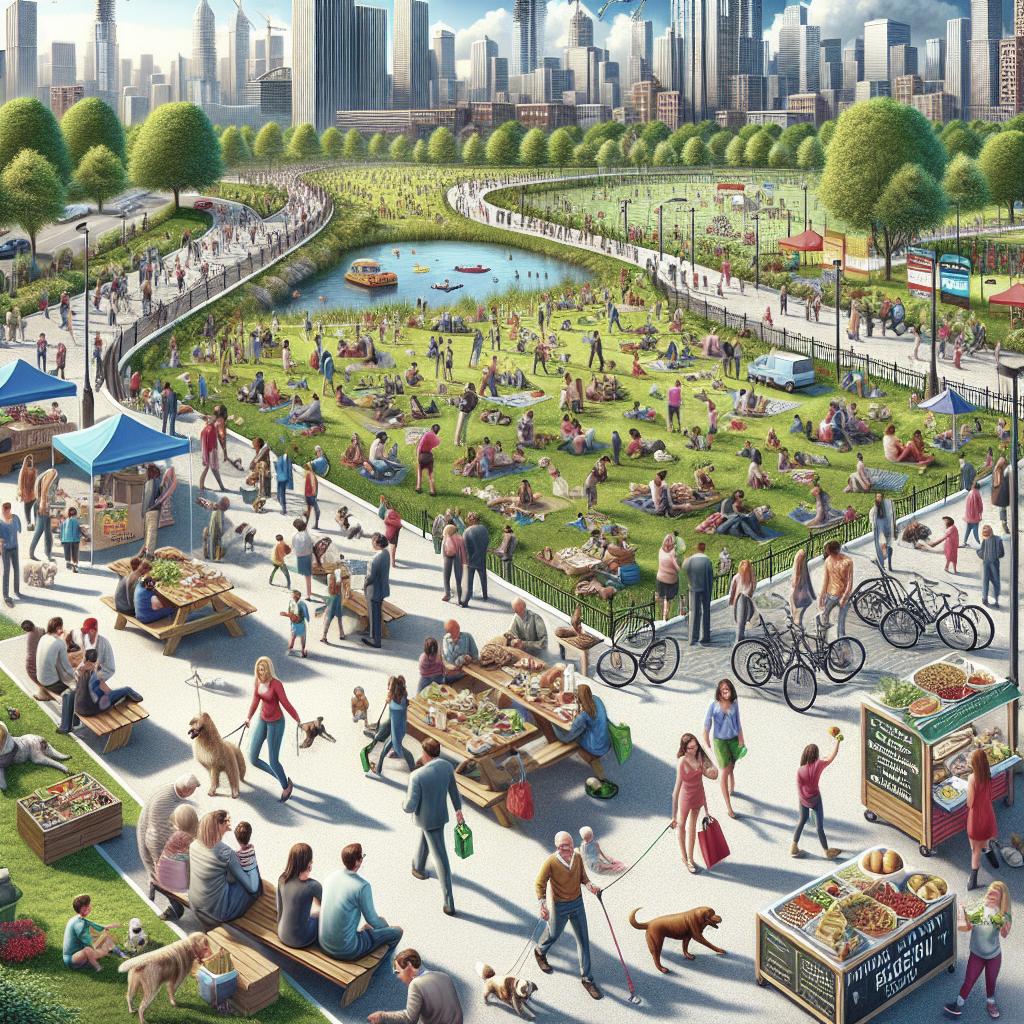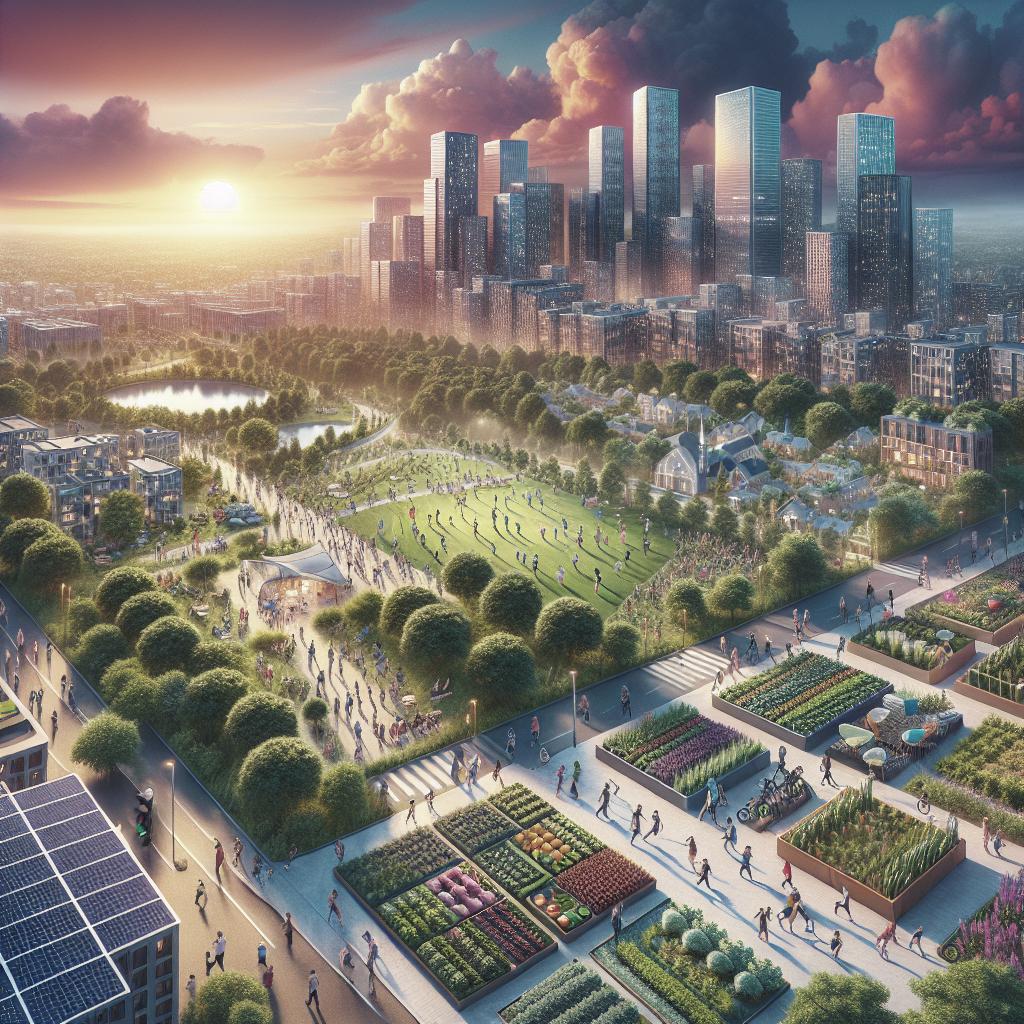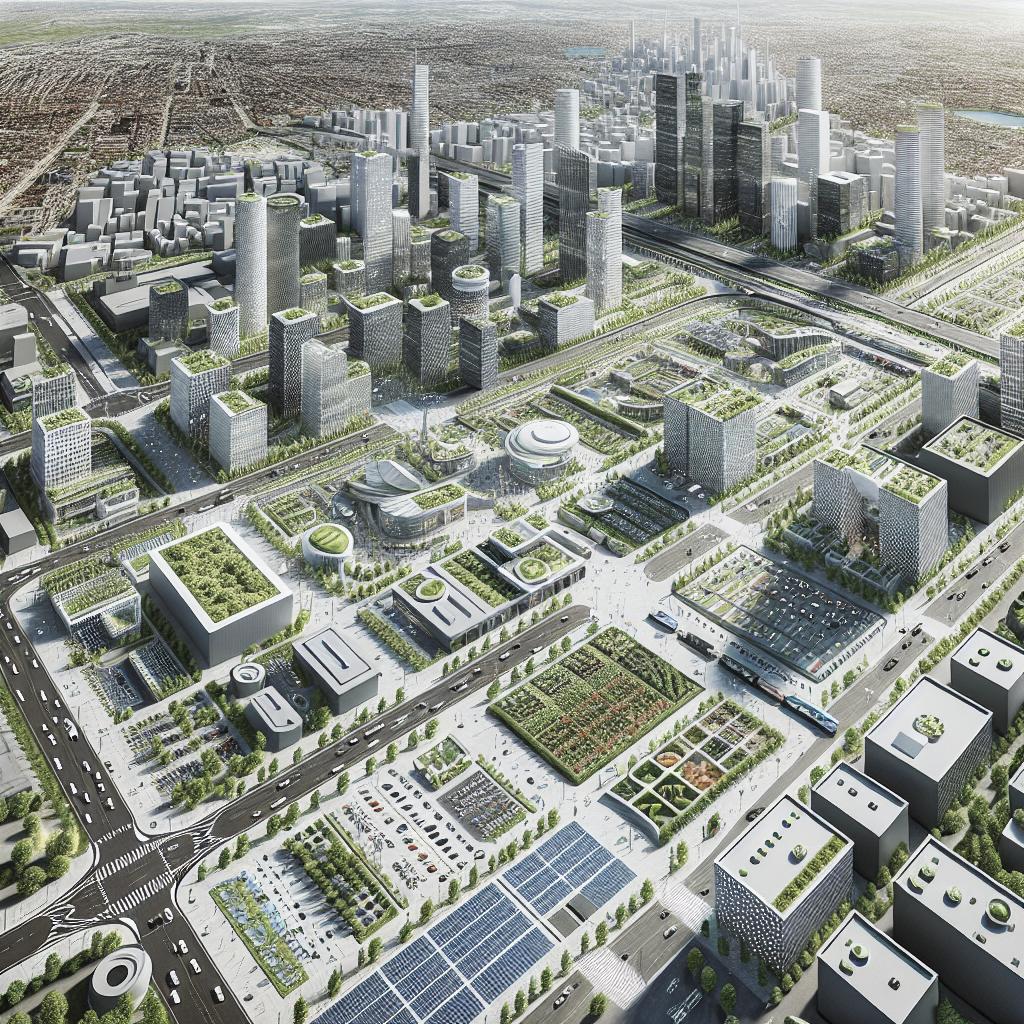<>
Urban parks are often celebrated for their aesthetic and environmental benefits, but their economic advantages are equally compelling. Urban green spaces contribute significantly to local and national economies, from increasing property values and tourism revenues to lowering healthcare costs. This blog post will delve into these economic benefits, underlining the multifaceted ways in which urban parks are not just greenspaces but financial assets. We will explore how parks and recreation integrate into the U.S. economy, highlight key statistics and details, and discuss future opportunities for leveraging these benefits further.
Parks and Recreation Contribute to the U.S. Economy
Urban parks are more than just community assets; they are substantial contributors to the economy. The presence of well-maintained parks leads to increased property values in the surrounding area. Homes near parks generally fetch higher prices, often by about 8-20%. This increase in property value contributes to higher property taxes, which can be reinvested into the community for further improvements and services. Moreover, parks drive local economic activity through tourism. Cities with famous or exceptionally well-kept parks often see a notable increase in visitors. For instance, Central Park in New York City attracts millions of tourists annually, directly feeding into the local economy through spending on hotels, restaurants, and other city attractions. Beyond tourism, parks provide venues for events that stimulate local economies, be it music festivals, sports events, or various public gatherings. Healthcare cost savings are another significant economic advantage of urban parks. The availability of green spaces encourages physical activity, which can lead to reduced healthcare costs by mitigating conditions such as obesity, heart disease, and mental health issues. The decrease in these health-related expenses can account for billions in savings nationwide, highlighting the parks’ role in promoting a healthier, and therefore economically stronger, populace.
Key Highlights
According to the National Recreation and Park Association (NRPA), local park and recreation agencies generated more than $166 billion in economic activity and supported more than 1.1 million jobs in 2017 alone. This substantial impact showcases how integral parks are to economic stability and growth. Data from the Trust for Public Land underscores that every $1 invested in park development and maintenance can lead to an estimated $4 in economic benefits. This return on investment includes increased property values, tourism, and community health savings, painting a clear picture of the financial prudence of investing in urban parks. Furthermore, studies have shown that parks contribute to social sustainability and cohesion, which indirectly benefits the economy. Communities with quality green spaces experience lower crime rates and higher community engagement. These social dynamics can lead to economic stability, with more robust local economies and better opportunities for residents.
Details
To better understand the economic impact of urban parks, it’s essential to examine the various layers of this contribution. First, direct employment opportunities within parks include roles ranging from maintenance staff to event coordinators. These jobs are vital for many community members and provide a stable source of income and employment. Investment in urban parks also acts as a catalyst for local businesses. Cafés, retail stores, and recreational rental services flourish in the vicinity of popular parks. These businesses profit from increased foot traffic and become more attractive to investors. This cyclical economic stimulation enhances the overall financial health of urban areas. Another layer involves the reduction of environmental costs. Parks contribute to better air quality and stormwater management, reducing the financial burden of environmental degradation. Better air quality leads to fewer respiratory problems and healthcare costs, while effective water management prevents costly flood damage. Both factors further demonstrate the fiscal prudence of maintaining and expanding urban green spaces.
Future prospects
The economic benefits of urban parks are far-reaching and continue to provide opportunities for growth and development. With increasing emphasis on sustainable urban development, the role of parks becomes even more critical. Cities should prioritize the creation and maintenance of these green spaces to harness their full economic potential. Below is a summary table of the economic benefits of urban parks: “`
| Economic Benefit | Details |
|---|---|
| Increased Property Values | Homes near parks have a higher value, increasing property tax revenues for cities. |
| Tourism Revenue | Parks like Central Park attract millions of tourists, boosting local businesses and hospitality industries. |
| Healthcare Savings | Encouragement of physical activity reduces costs related to obesity and heart disease. |
| Job Creation | Parks support over a million jobs in the U.S., ranging from maintenance roles to events management. |
| Local Business Stimulation | Businesses near parks see increased foot traffic and investment, driving local economic activity. |
| Environmental Cost Reduction | Parks improve air quality and stormwater management, reducing healthcare and environmental damage costs. |
“` By investing in urban parks, cities can look forward to sustained economic growth and improved quality of life for their residents. The future of urban development lies significantly in the green spaces that decorate our cityscapes.


